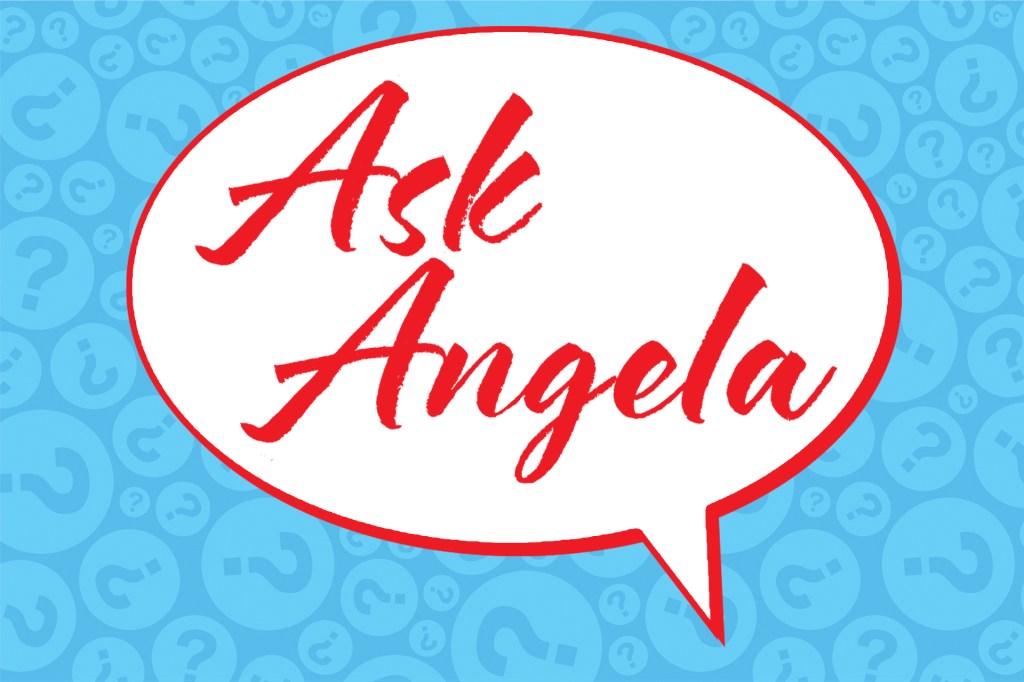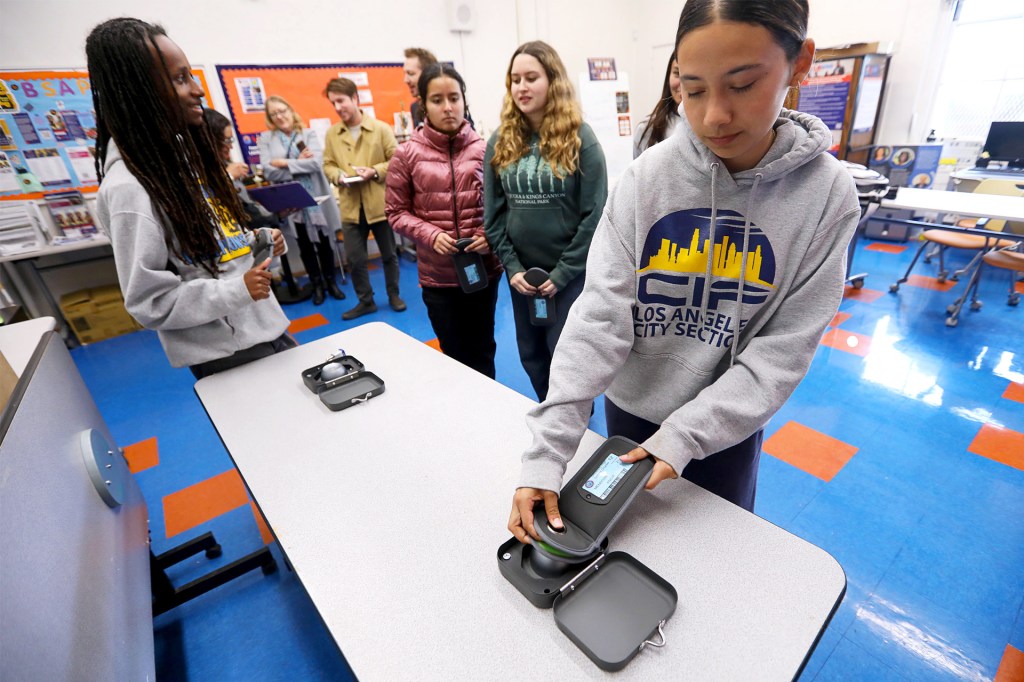Robot Lessons
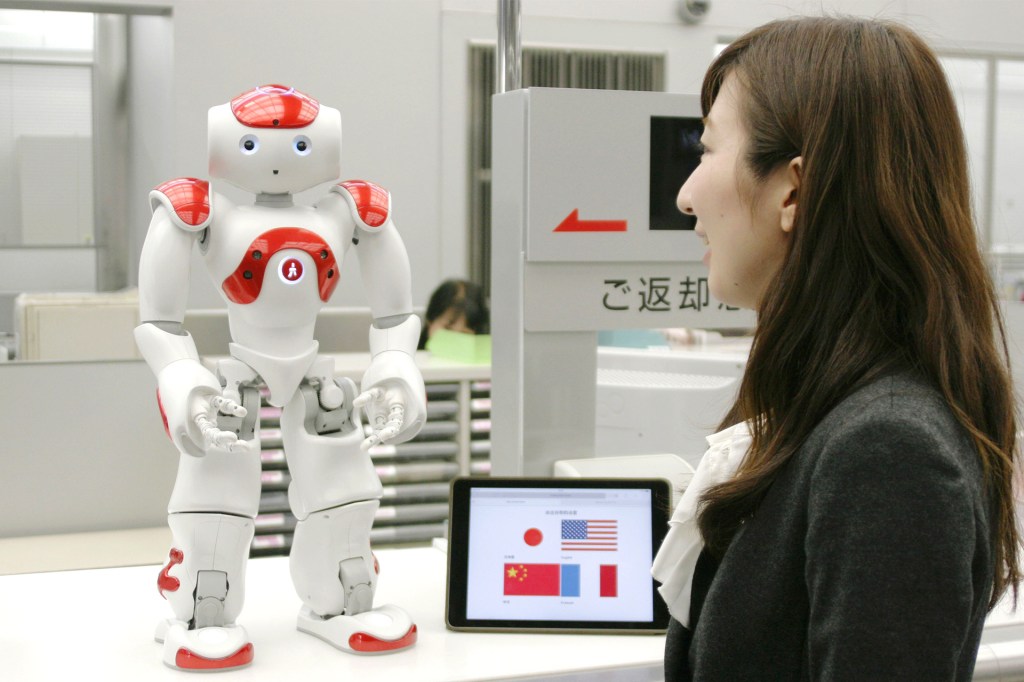
Henny Admoni is a robotics professor
professor
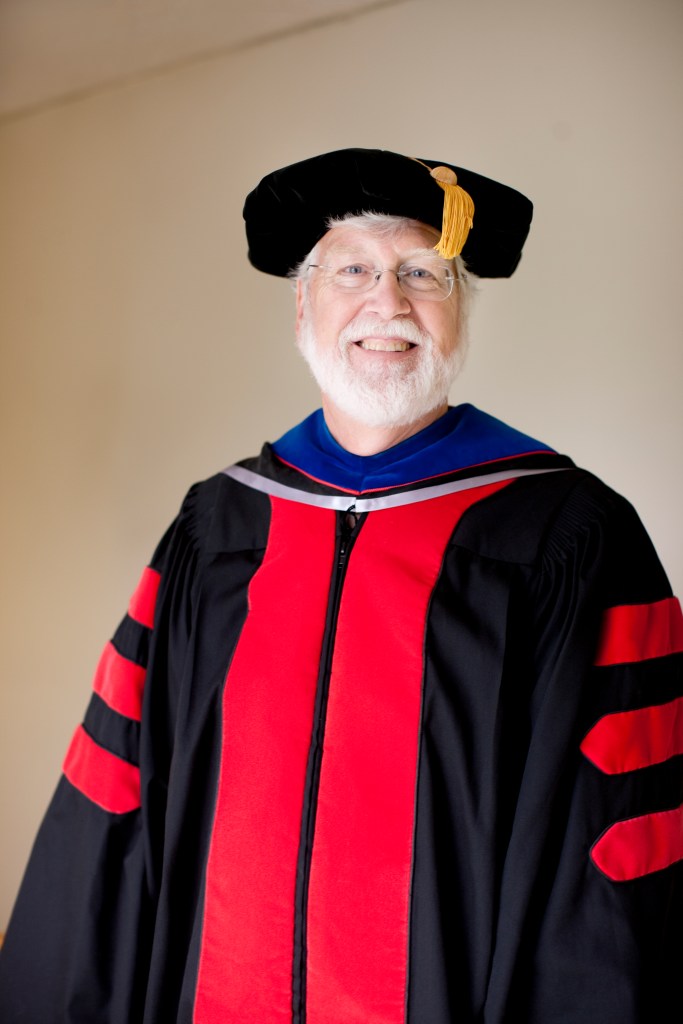 ERIC RAPTOSH PHOTOGRAHY/BLEND IMAGES
a teacher, usually at a college or university
(noun)
My older brother's favorite college professor is also his baseball coach.
at Carnegie Mellon University, in Pittsburgh, Pennsylvania. She has a big goal. “My dream is to have a robot that can act as a practice partner for kids,” she told TIME for Kids. That dream could soon come true. “I don’t think we will have to wait 20 years,” Admoni says.
ERIC RAPTOSH PHOTOGRAHY/BLEND IMAGES
a teacher, usually at a college or university
(noun)
My older brother's favorite college professor is also his baseball coach.
at Carnegie Mellon University, in Pittsburgh, Pennsylvania. She has a big goal. “My dream is to have a robot that can act as a practice partner for kids,” she told TIME for Kids. That dream could soon come true. “I don’t think we will have to wait 20 years,” Admoni says.
Robots are already being tested in classrooms. They have been programmed to teach math lessons and to ask and answer questions in different languages. Researchers say robots make ideal study buddies. They are engaging
engage
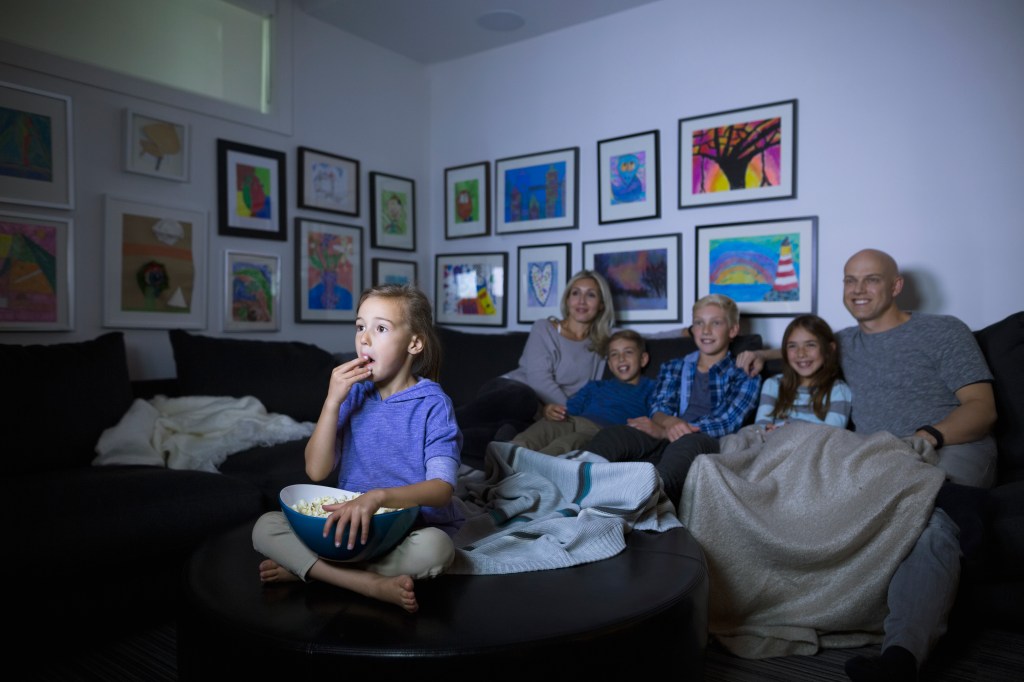 HERO IMAGES
interesting; holding your attention
(adjective)
The movie was so engaging that I forgot to eat my popcorn.
. They never lose their patience. And more and more, they are able to adjust their lessons to the needs of a particular learner.
HERO IMAGES
interesting; holding your attention
(adjective)
The movie was so engaging that I forgot to eat my popcorn.
. They never lose their patience. And more and more, they are able to adjust their lessons to the needs of a particular learner.
Study Buddies
Nao (pronounced now) the robot is two feet tall. It has light-up eyes. It speaks in a childlike voice. “The robot grabs students’ attention,” says Steve Carlin. He works for SoftBank Robotics, the company that makes Nao. “You don’t have problems getting the kids to pay attention.”
Admoni agrees that “robots capture the imagination.” But she points out that it is important to see if that interest continues over time. During research, some students meet with a robot just once. “We should be having kids interact with the robot every day for six months,” she says. That way, researchers would see if kids stayed engaged.
Of course, robot tutors will need to do much more than keep kids’ attention. Admoni and other scientists are working to build robots that can tell when a student is confused and adjust the lesson to help.
Hod Lipson says robots are closer than ever to being able to do just that. Lipson is a robotics professor at Columbia University, in New York. “Computers can finally understand what they’re seeing,” he says. “They can tell if you’re smiling. They can tell if you’re looking at the screen.”
Lipson says this is new. It happened in the past two or three years, thanks to machine learning. “You show the computer hundreds of thousands of examples,” Lipson says. It analyzes the examples. It learns from them.
Lipson expects to see more of this technology built into robots. He says a good human teacher is best. But he points out that by using robots too, we might just be able to give many more kids their own private tutor.







